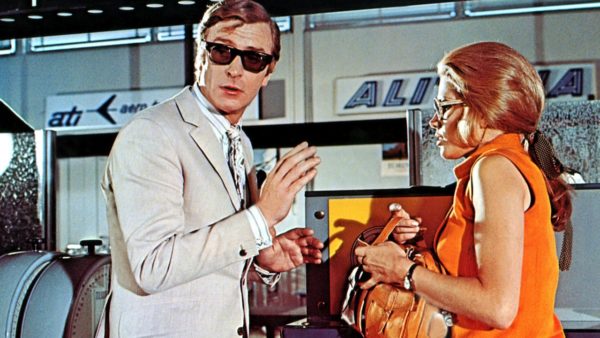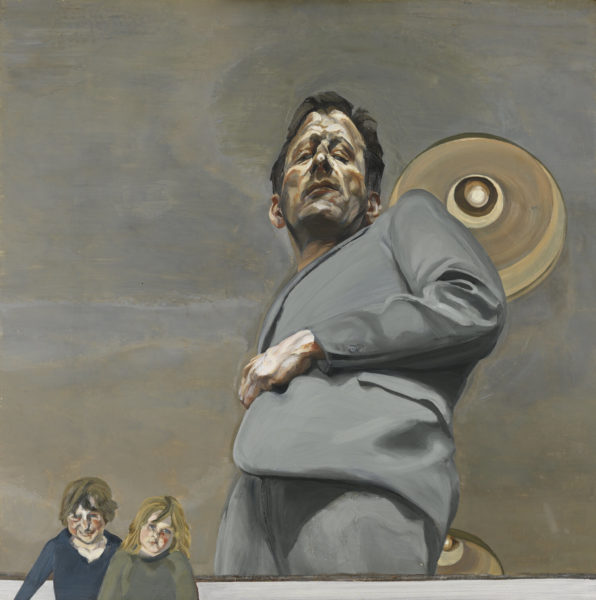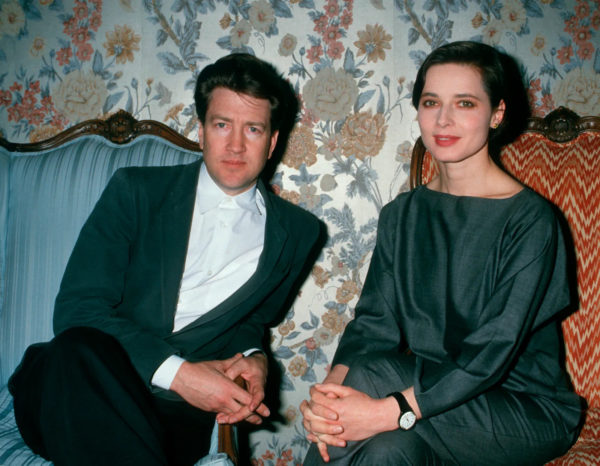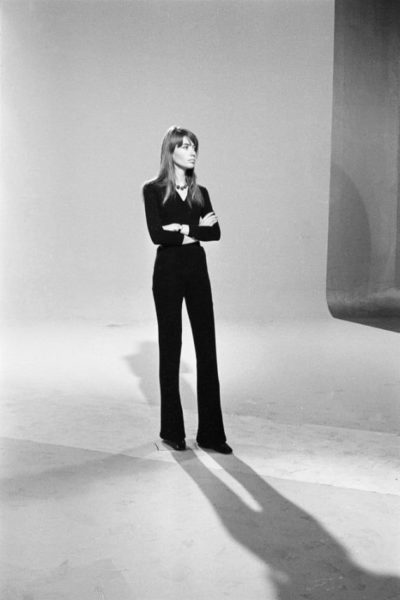Picasso is known for successfully having modelled his own image. His ability to present himself through his style comes second only to his success as an artist —however, both bear the same motto: « learn the rules like a pro so you can break them like an artist ».
Picasso is conscious of his social surroundings and integrates their codes in his choices of clothing. If his early years in Paris are marked by a seemingly arbitrary mix—he wears large-brimmed hats, overalls, used and patched clothing, lavallières, and military pieces (borrowed from his roommate, Braque) — his style changes as he rubs shoulders with the haute bourgeoisie and the aristocracy between the First and Second World Wars.
Between respect for the dress code rules and emancipation
In 1919, Picasso works as a scenographer with Coco Chanel on Léonide Massine and Manuel de Falla’s « Three-Cornered Hat » for the Russian Ballet. The project takes him to London, where he has his first bespoke suit made at Anderson and Sheppard on Saville Row.
As Picasso’s artistic work evolves and he gains notoriety, he turns away from the classic rules of dress and puts his own uniform into place. Inspired by the volume and lines of cubism, he pairs sailor sweaters & shirts with pleated pants, often belted with a cord. His famous marinières find their place in all of his outfits, completed with a large overcoat and hat.
The construction of Pablo Picasso’s uniform
Spontaneous and instinctive, Picasso finds amusement in his clothing choices. As in his work, he is not afraid to experiment. Why be too well co-ordinated ? Why over-accessorize ? « Art is the elimination of the useless » he is known to have declared. In mixing tailored, oversized pieces as well as patterns, Picasso paradoxically streamlines his style and creates his own classics, challenging conceptions of contemporary dress.
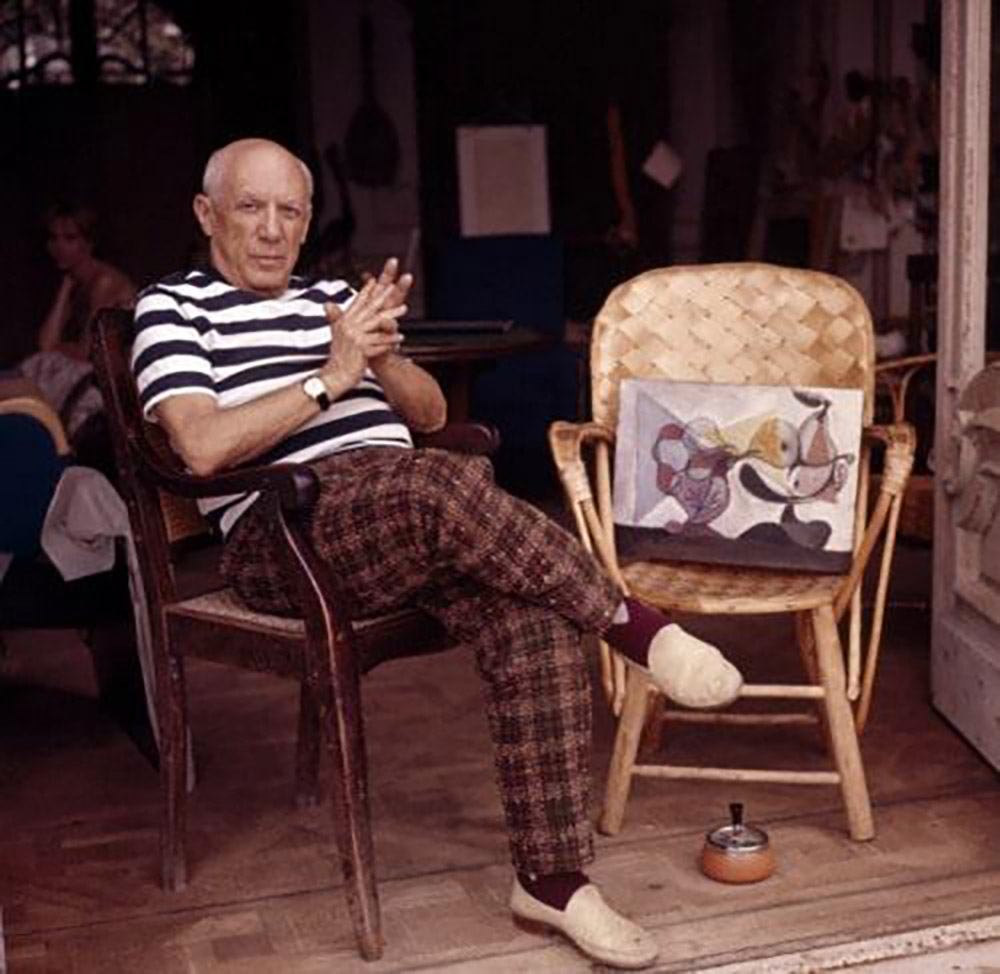
PICASSO, Pablo. Cannes, France. 1960.
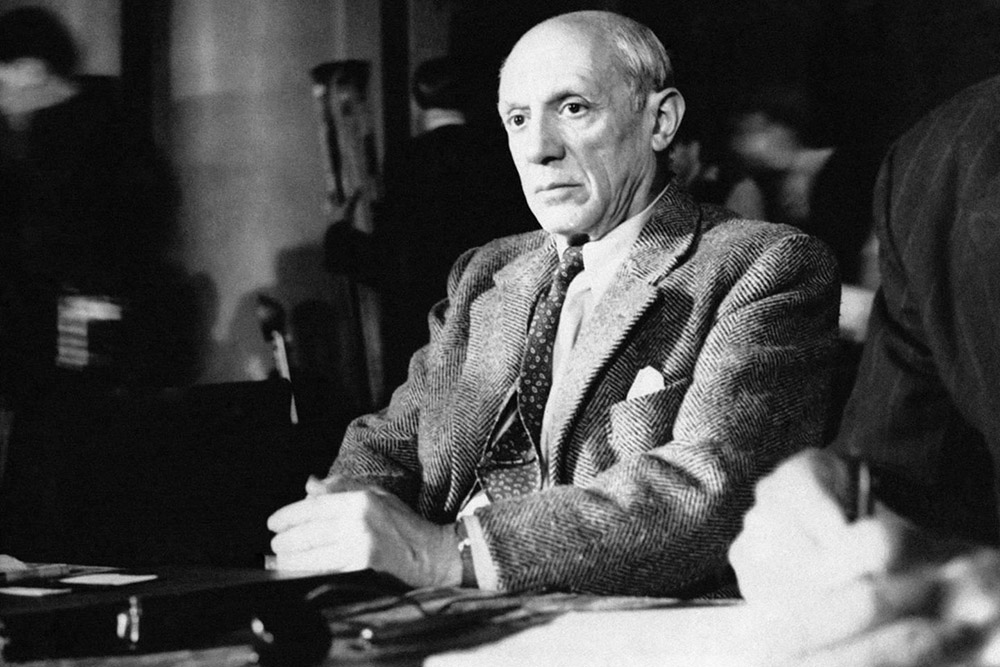
PICASSO, Pablo. Paris, France. 1960.
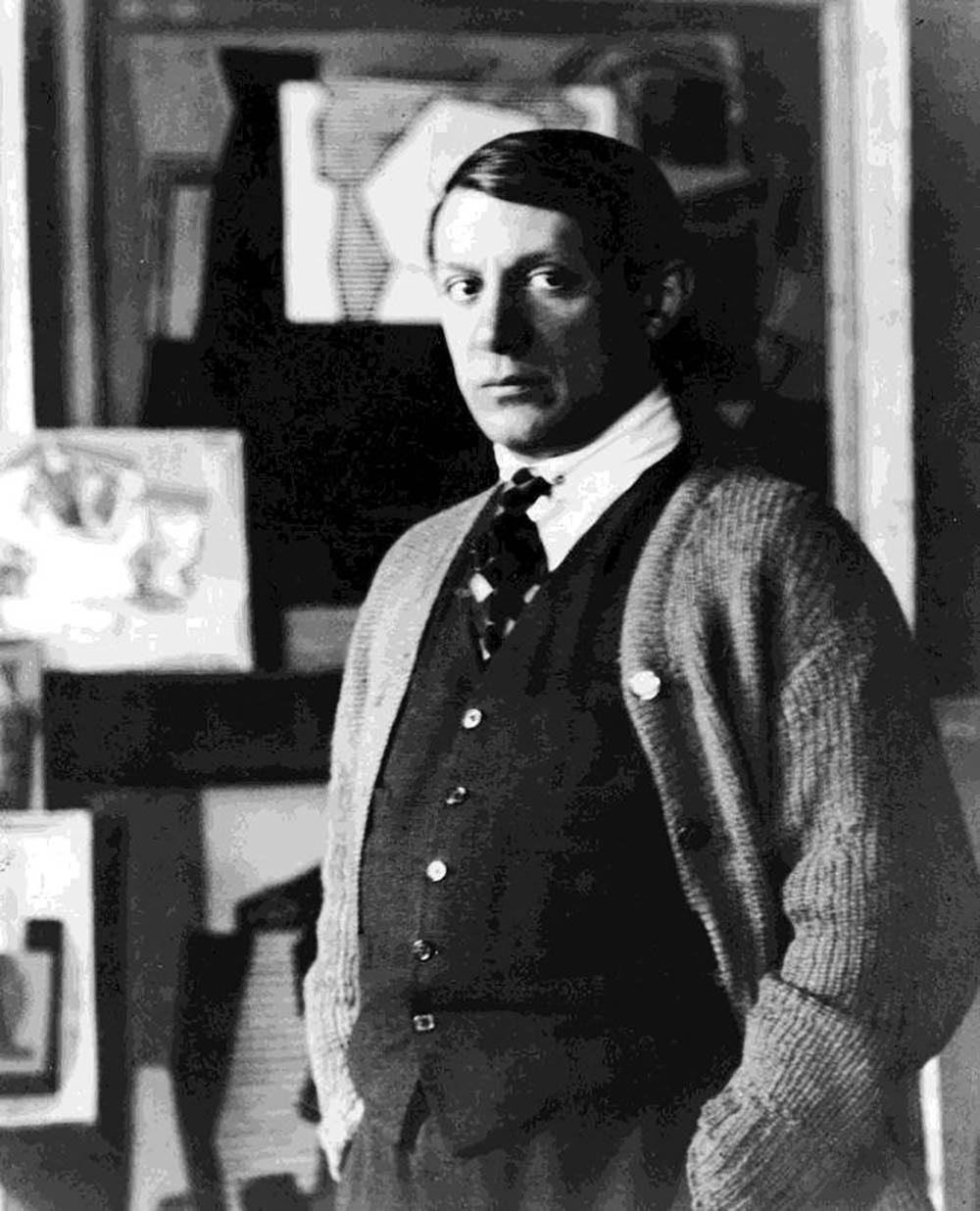
MAN RAY, phot. PICASSO, Pablo. 1922.
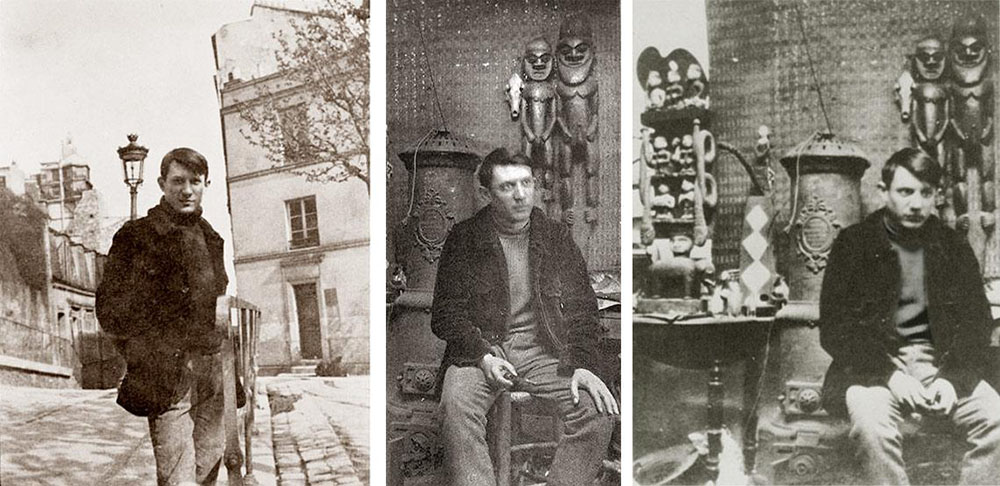
ANONYME. PICASSO, Pablo. Place Ravignan, Paris, France. 1908.
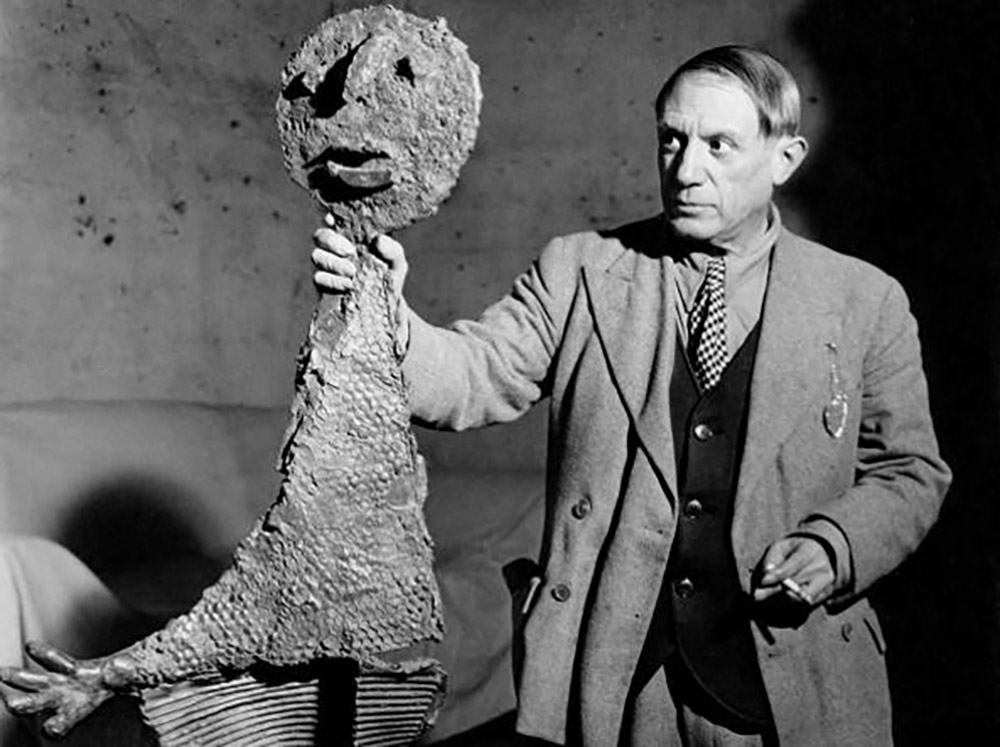
BRASSAÏ, phot. PICASSO, Pablo. rue des Grands Augustins, Paris, France. 1939
- COTTON« Soft, but with weight. Relaxed, but never shapeless. It carries memory in its creases. »
- LUCIAN FREUD« from borrowed suits to bespoke tailoring, Freud’s fashion choices evolved with his art »
- DAVID LYNCH« The oddest of Americans, the most American of oddballs, Lynch was a man with a uniform. »
- THE FLARED TROUSER
